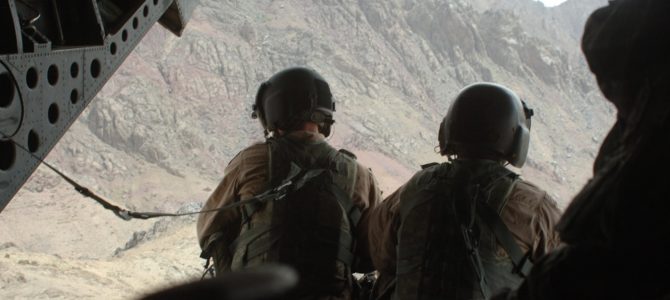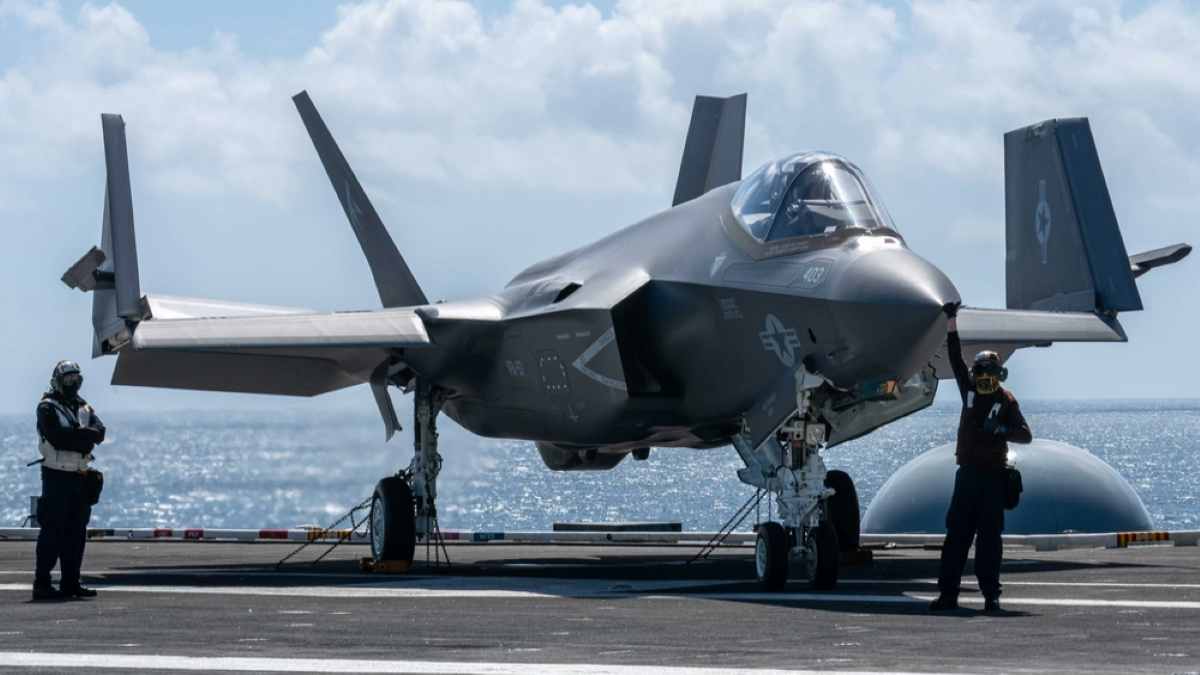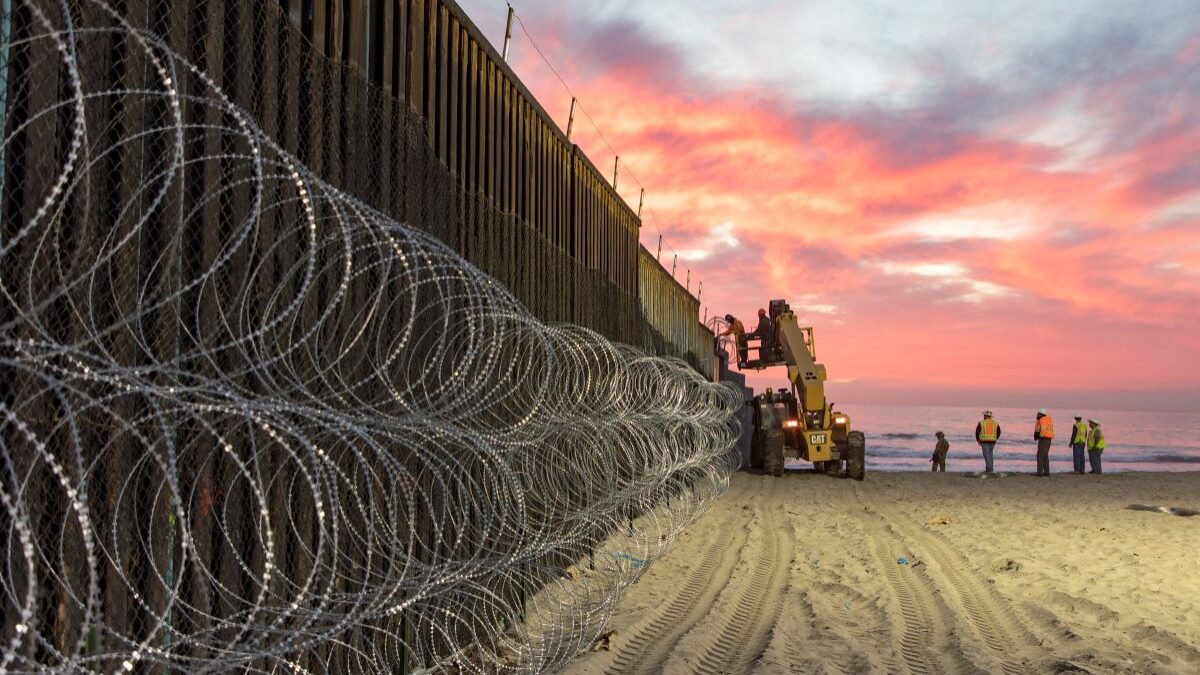
After almost 19 years of war, the United States has successfully negotiated a peace agreement with the Taliban, setting up an eventual total withdrawal of American and coalition military forces in 14 months, so long as the Taliban holds up their end of the bargain. The full text of the agreement makes clear the desired end state is indeed a full-stop U.S. exit from the war:
The United States is committed to withdraw from Afghanistan all military forces of the United States, its allies, and Coalition partners, including all non-diplomatic civilian personnel, private security contractors, trainers, advisors, and supporting services personnel within fourteen (14) months following announcement of this agreement…
It further states, in the first 135 days of the agreement: “They will reduce the number of U.S. forces in Afghanistan to eight thousand six hundred (8,600) and proportionally bring reduction in the number of its allies and Coalition forces.”
The 8,600 number has been floated for some time, initially implied as an enduring presence to facilitate counter-terrorism operations in the jihadist-infested country while reducing the overall scope of the mission. But, as the agreement makes clear, the United States and its allies are indeed looking for the exits. If all goes to plan, U.S. and coalition forces will completely vacate Afghanistan by spring 2021.
While it may be too early for optimism, it is not too early to say this is a major milestone. Since the beginning of his campaign, President Donald Trump has constantly pledged to end America’s “endless wars.” He spent the first three years of administration largely failing to do so, even escalating the effort in Afghanistan in August 2017.
His attempts, most notably the bid to withdraw troops from eastern Syria, have been haphazard and poorly coordinated, and lacked the energy and focus necessary to make big decisions stick. But here we are, at an agreement with the Taliban, something neither the Bush nor Obama administrations achieved in their combined 16 years of presiding over the conflict.
The Moment We’ve Been Waiting For?
The deal also comes a few months after proposed peace talks at Camp David were scuttled in September upon the death of an American soldier. Since the start of the administration, the United States had ramped up the air war on the Taliban, dropping 7,423 weapons on Afghanistan in 2019. These numbers rival the ordnance expenditures of the 2010 – ’11 “surge” era of the Obama administration. Following the cessation of talks in September, the United States continued to strike the Taliban through the new year, until a seven-day period of reduced violence to facilitate talks between the two sides.
Is this the moment we have been waiting for? Or is it too good to be true? For the agreement to hold up, the Taliban must, above all else, “not allow any of its members, other individuals or groups, including al-Qa’ida, to use the soil of Afghanistan to threaten the security of the United States and its allies.” This is, of course, the billion-dollar question behind the agreement: can the Taliban be trusted to not permit terrorists to use the country as a safe haven?
It’s a largely irrelevant question, however, since the safe haven argument is a myth. As the Cato Institute’s John Glaser and John Mueller explained last summer:
…the notion that terrorists need a lot of space and privacy to hatch plots of substantial magnitude in the West has been repeatedly undermined by tragic terrorist attacks in Madrid in 2004, London in 2005, Paris in 2015, and Brussels and Istanbul in 2016. None of the attackers in those incidents operated from a safe haven, nor were their plans coordinated by a group within a safe haven.
While most of the 19 hijackers on 9/11 received training in Afghanistan, much of their planning and preparation took place in the United States and Germany, including flight training. Ultimately, the decisive factor in the success of 9/11, like most terror attacks, came down to their ability to infiltrate and live freely in the country they sought to devastate.
Terrorists’ ‘Havens’ Are Their Hosts
Terrorists are also highly mobile and not beholden to any particular territory. For example, both Taliban-friendly groups like al-Qaeda and Islamic State of Iraq and the Levant (ISIL)-friendly militants operate just over the border in northwest Pakistan. It’s in this sector of Pakistan, a supposed ally, where the United States has long waged a shadow war against these groups, highlighted by the mission that killed Osama bin Laden in May 2011. The U.S counterterror mission in Central Asia long ago shifted east to Pakistan; the fight in Afghanistan has become all about nation-building and defeating the Taliban.
That said, the Taliban would certainly welcome a U.S. departure, incentivizing their compliance with the terms of the agreement. Even if the Taliban were not in full compliance with the agreement, a “spiritual” compliance would more than suffice.
What U.S. policymakers most fear is another terrorist attack on U.S. soil, the sort which precipitated the initial military intervention in October 2001. If America does not suffer a terror attack whose origins can be traced back to Afghanistan, policymakers would much rather adhere to the deal, regardless of whether the Taliban fulfilled every obligation to the letter.
The Next Time the Taliban Attacks
This leaves the question of what happens when the last U.S. soldier departs Afghanistan for good. Will the Taliban return to harboring terrorists bent on attacking the American homeland? What will be the U.S. response? Will a response even be feasible without a military presence in Central Asia? What will become of America’s covert war in northwest Pakistan?
The same rules apply: if another terrorist attack does not occur within the United States or allied countries that can be traced back to Afghanistan, American policymakers will find it much easier to stick to the script and stay away. The American public has largely tuned out Afghanistan, and the dearth of media coverage is unfortunate, but it is likely any re-escalation of the war will have negative political repercussions. Likewise, the Taliban do not want to see American troops on Afghan soil ever again and are more concerned with seizing power in Kabul than they are attacking the United States.
This certainly does not prevent terrorists from taking refuge in Afghanistan, of course. The ability to deny terrorists safe haven and prevent attacks is in large part outside the Taliban’s control, since there exists territory they do not control and the movement is quite fractured. But as long as the United States maintains an “I’ll be back” posture, demonstrated with cruise missile strikes on Afghanistan in 1998 and the air/sea/special operations effort in the early part of Operation Enduring Freedom, the Taliban will do all it can to prevent an American return.
What Happens to Afghanistan Next
What will become of Afghanistan itself? The agreement does not explicitly associate withdrawal with rapprochement between the government in Kabul and the Taliban, but Secretary of Defense Mark Esper seemed to do just that in a Washington Post op-ed, writing, “If progress stalls, then our drawdown likely will be suspended, as well.” Will the door to renewed involvement remain forever open?
Perhaps, but this may also be mere posturing. Given the Taliban does not view the Kabul government as legitimate, the likelihood of any lasting peace between the two sides is unlikely, a fact Joint Chiefs Chairman Gen. Mark Milley conceded. Thus, tying withdrawal to the success of intra-Afghan talks is likely a way of saying, “We won’t abandon you.”
During the 14-month duration of the agreement, the United States needs to be able to defer any notion that Afghanistan will collapse until after the 2020 election and the total withdrawal is complete. Suicide bombings and terrorism, which remain likely, can upset that delicate balance.
The situation is reminiscent of 1972, another election year, when the Nixon administration negotiated with North Vietnam to end America’s involvement in Southeast Asia. Bombing of the North had resumed earlier in the year following a three-and-a-half-year cessation. In the fall, negotiations appeared to have made progress, with National Security Advisor Henry Kissinger announcing, “Peace is at hand.”
This aided Nixon in winning a landslide victory in November, but peace talks faltered in December, leading to one final bombing blitz on North Vietnam, forcing the latter back to the bargaining table. A final agreement was signed at the Paris Peace Accords in January 1973, finally ending America’s role in the war.
The lesson of Vietnam is not that history repeats itself, but that there is a long way to go before America’s involvement in Afghanistan finally ends. Afghanistan’s salvation is outside American control, so the goal is to create the “decent interval” necessary to distance ourselves from the consequences of withdrawal. Afghanistan may be doomed to fall to the Taliban without U.S. support, but the United States cannot bring deliverance upon Afghanistan either. Sooner or later, the American intervention will outlive its usefulness.
After 19 years of blood, sweat, and tears, perhaps the time has come to let it be.









